A bicycle tour would be nothing without a bicycle. It really is an important part of touring. Obviously . . . However some people spend lots of money and get very attached to their bikes, give them names. I’ve often heard them being called trusty steeds. You definitely put a lot of trust into that bicycle. Especially once you enter those places, that if the thing did fall apart, there’s little you can do but stick your thumb out.
Before starting this trip, the thing I worried most of all was some sort of mechanical failure. I think this was partly due to not having the faintest idea of how bicycles actually worked. I would just look at all those cables, moving parts, chains and what not. And think, please just stay together long enough to get me to my destination.
If you are a complete novice, like we were, and want to jump straight into the deep end (highly recommend doing that). Then I feel you have two approaches. Option 1 would be buying a solid, off the shelf touring bike that very little should go wrong with, this would be the hassle free option. Option 2 is take an old 90’s mountain bike with a chromoly steel frame and convert it into a touring bike. Unfortunately or fortunately, we didn’t have option 1 available to us, living in Cape town. There was only one online company offering touring bikes, but it was way out of our budget at 1220 pounds! That’s almost half our spending money for the whole trip.
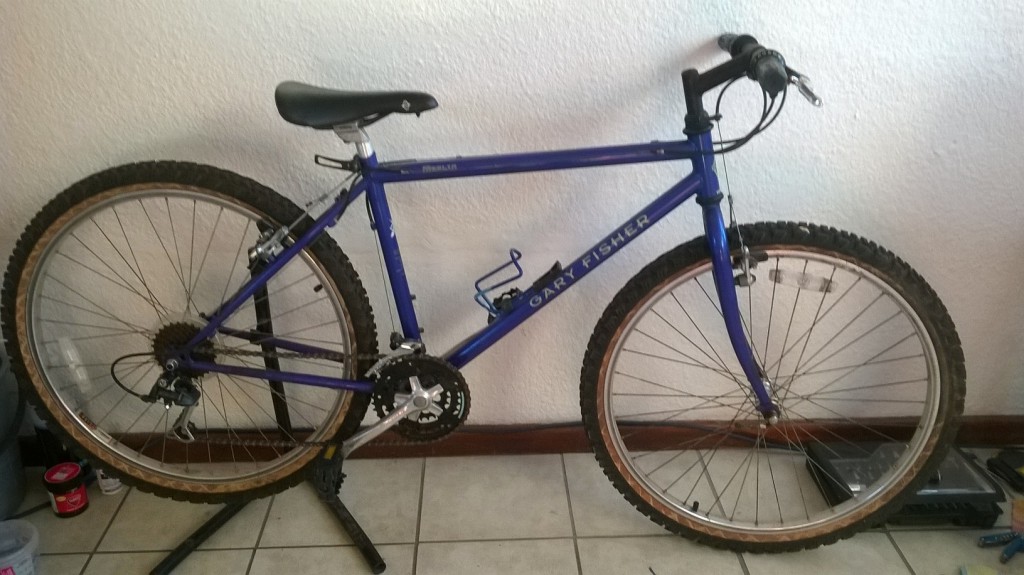
So option 2 it was then. I picked up my bike for 31 pounds and Mayu’s was 40 quid both second hand, but hold on, its not finished yet. They were well rusted and due for a make over. I didn’t know how far I needed to take it, but lets just say I got a bit carried away. I started consulting the internet about what it is a touring bike really consisted of and what I needed to do to make mine road worthy. Wheels seemed to be by far the most important part of a touring bike. Well built strong rims to take the weight and abuse of long distance touring. From the stories of people having broken spokes and wheels going out of true. I can only think that they didn’t have good set of wheels. So this was the first thing I replaced. Again not having access to necessarily the ideal components, I got what was available in south Africa. As long as it is a strong double walled rim it should be fine. Mine was specified for e bikes (meaning heavy motor, battery and possibly a fat dude) I thought that should be a good bet.
The other things that I replaced, which I think should be replaced on any used bike before starting a big trip. Were all the cables and cable housing. This meant learning how set up all the gears and brakes. I recommend learning how to do this even if you do buy a brand new touring bike. As most brake cables and gear cables in my experience won’t last longer than 10,000km. So this along with fixing punchers should be the minimum knowledge before going on such a trip. If you undo the clamps holding the cables so it all goes loose and replace the cables just as an exercise, I think it could be a really useful lesson. Cables are dirt cheap, you can even keep the previous cables if its a brand new bike as a spare. The cable that seemed to go the most often was the front derailleur. This went three times on my bike, but fortunately its the easiest cable to change. Cantilever brakes are horrible to adjust, I found the best way of doing this is put the blocks on the rim so they are both touching and inline, with the cable tension on the brake at its tightest (twisted all the way out). Tighten the clamp on the cable and then loosen the cable tension to give you the gap between the rim and the brake pad. The reason why I chose cantilever? The internet told me to. I read this article and it convinced me – http://www.rodbikes.com/articles/brakes.html

The other reason for using cantilever, was the cost. A new set of brakes was 12 pounds (front and back combined). The brake pads are also very cheap and last for such a long time due to their thickness (much thicker than V-brakes). We have not needed to replace our pads for the whole length of this trip. Maybe 12 or 13,000km, we haven’t really been paying attention to the exact distance. The rim has definite signs of wear, and maybe has a few more thousand kms left. Maybe a reason to have disc brakes, but the bike should be set up for this, and some front forks are not designed to have the force that disc brakes put on the bike frame. So be careful about retro fitting disc brakes on any old bike.
I replaced the chain, rear cassette and bottom bracket. The bottom bracket maybe wasn’t necessary, but I didn’t know the history of the bike and how long it would last, so I thought it’s best to replace. I am very happy I did since it was so difficult to remove from Mayu’s bike. I can remember the scene very well, I was sweating. A lot! Standing over the bike raised on wooden blocks, smacking the S%#T out of a spanner, trying to get this thing to turn. I thought it was game over and I just had to live with it. Until I read about heating it up. So I grabbed my gas stove and blasted the thing until it was glowing orange. Gave it one almighty hit and it came loose! That was a highlight of bicycle mechanics training haha, and I am so glad I didn’t have to do that sort of operation in some hotel room in Uganda.

Next I wanted to look at all the bearings in the hub and headset. This is something you definitely don’t need to do on a new bike and should last though the length of a long trip. Good quality hubs are nicely sealed so the dust does’t get into the bearings. Our hubs on the other hand, were pretty awful. These needed regular cleaning due to poor quality seals and the dusty roads of Africa. This is definitely something you can mess up and need the right tools for. However youtube will run through everything you need to know, so don’t fear.
Tires are a no brainer when it comes to cycle touring. Everywhere we read said schwalbe. Luckily we could find them in south Africa. They were brilliant, we both had marathon plus tour 2 inch tires. Between us we had 13 punches, I thought that was pretty amazing. If anyone has seen the thorns in Namibia you’d be surprised that we didn’t get more. The tires are still going, and maybe have another 4 or 5000km left. However we’d like to replace them before we start the next trip to save on taking spares with us.
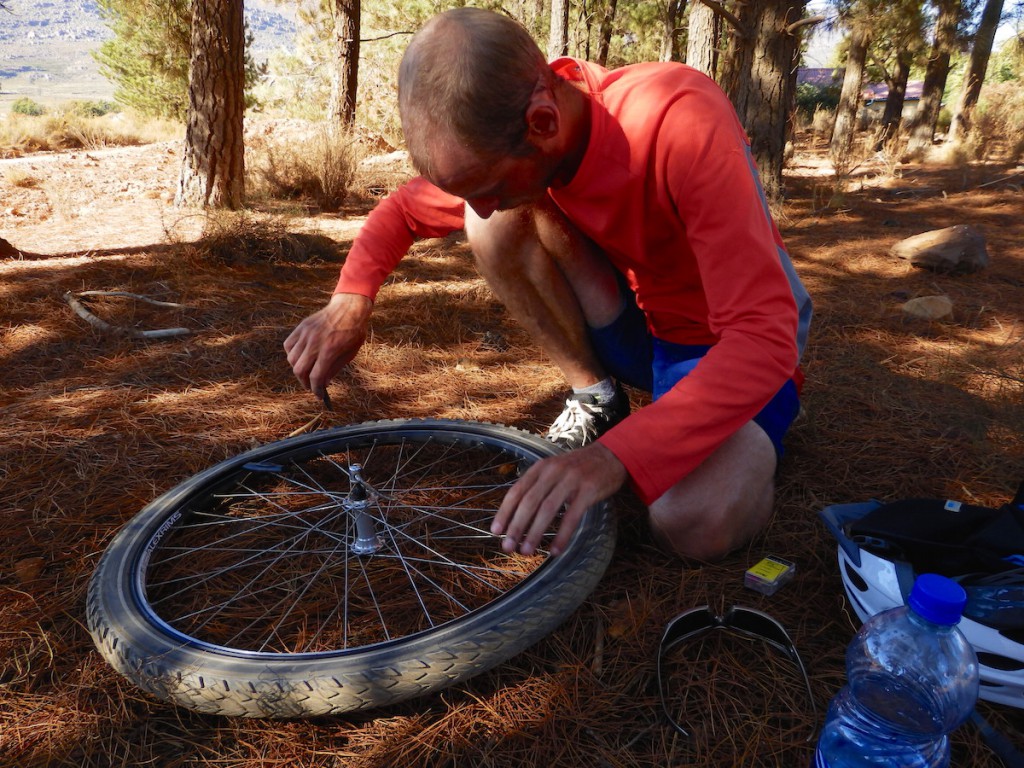
We both bought a brooks saddle. Mainly because of what other people had told us. I was really debating this since the cost for a saddle was more than the bike itself. Since I haven’t done any cycle touring on a different saddle I can’t really say whether or not it was worth it. However I will say that I haven’t had any bottom problems, so it could be doing a good job.
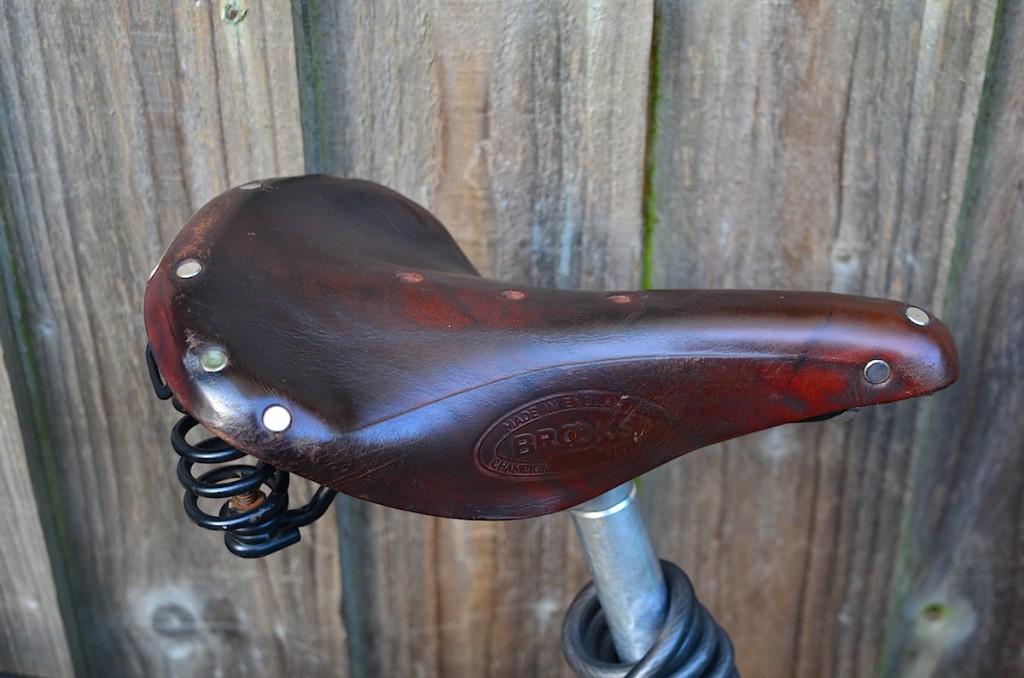
Then came the step too far I’d say. I think I was more curious than anything and fancied myself to do a bit of spray painting . . . this wasn’t really necessary, but I somehow convinced myself that it was. I’d read that the paint job wouldn’t last very well as spray paint isn’t very strong, and didn’t last. But most importantly I had a bit of fun doing it, and I could fool myself into thinking that we had brand new bikes to start the trip with.
If I had the time again, and lack of funds to buy a bike. I think this is a really good way of getting a solid touring bike for a long adventure. Some people are pretty surprised when we tell them how cheap everything was, I think the rough total for buying all the parts, wheels, tires, saddle and any other bits was around 250 pounds per bike. However this didn’t include the money I had to spend on all the tools which might have come to a further 100 pounds, but I will keep those for life. Hopefully it will save me money in the future not having to go to the bike shop. I get asked if anything went wrong on the bike. I usually say no. Because nothing happened that I wasn’t prepared for . . .

The few strange things that did happen that did required a bit of knowledge. My hub somehow loosened itself from the free hub body. So I had to tighten that. About a year later I thought it had happened again, which actually there was no problem what so ever, but I tried to tighten again and over tightened it and destroyed the thread. This meant I needed to build a new wheel, but a bike shop in Turkey did a great job for peanuts, so I was super grateful that it didn’t happen in the arse end of no where. Theres that classic saying, if it ain’t broken don’t fix it. I think I could have really applied the saying to that moment. I also over tightened various other things, but I was learning. Now I fully understand not to over tighten. It’s one of those things maybe you need to learn by yourself to understand it, even being as simple as it sounds, I did it far too much. Apart from the general things like punchers, broken cables and making sure your chain is clean and well greased. I feel there is very little that can go wrong whilst you are cycling. Pick the right sized bike, and good quality parts. It should be pretty much plain cycling.
Enjoy the ride!
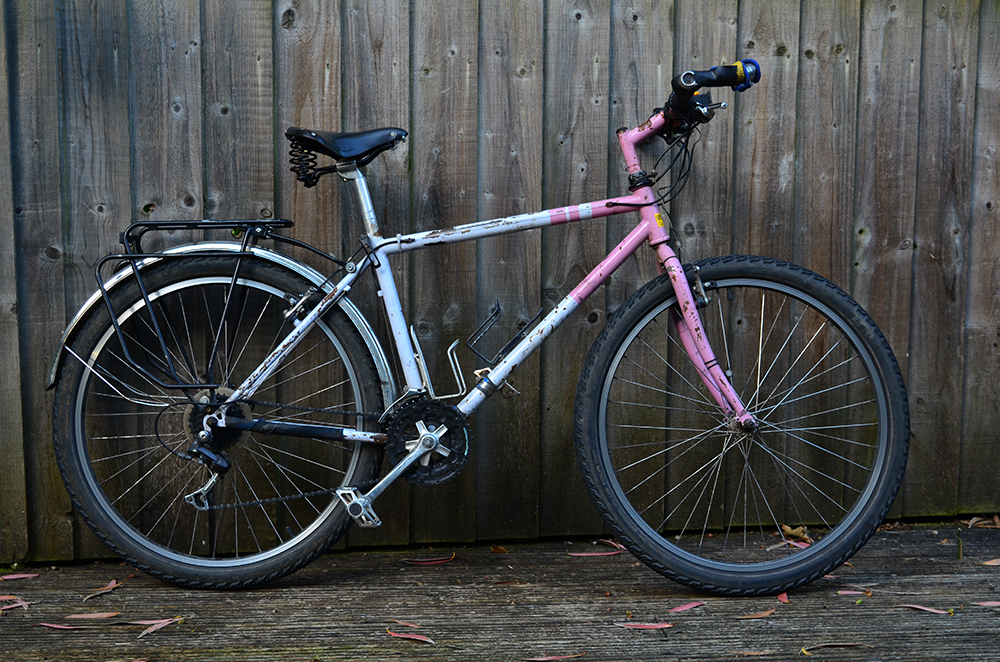


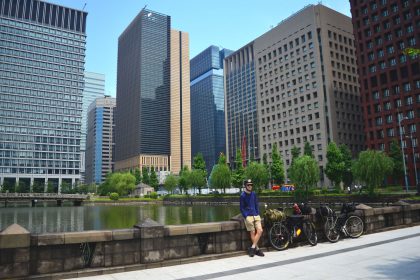
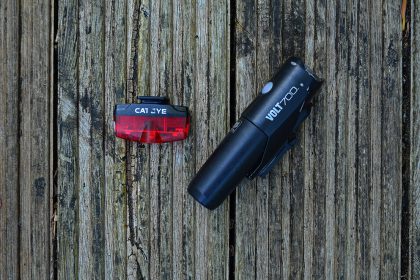
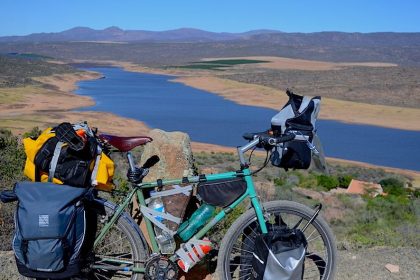
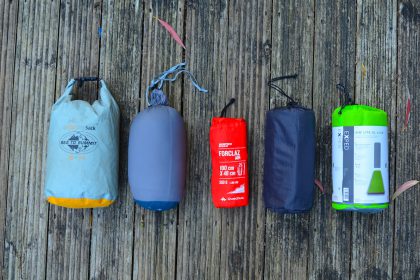
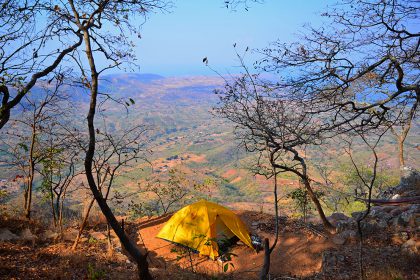

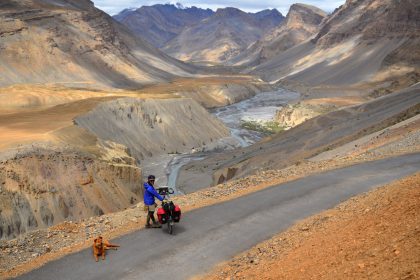
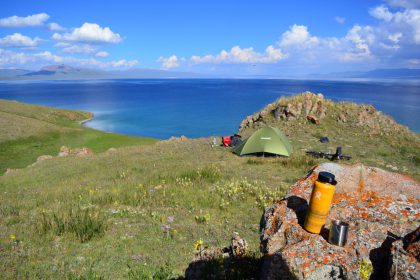
nice writing bud x look forward to hearing about the next adventure. lots of love to you both x
Hey, thank you Rabbit!
It was all started in Cape town… We are looking forward to adventure with you one day.
Lots of love to you all.xx
[…] blog about building a bike you will have seen that I spray painted the bike using rattle cans. (https://2islandtravellers.com/diy-bicycle-touring) Although it was fun and you can play around with the design, it doesn’t last the test of time, […]